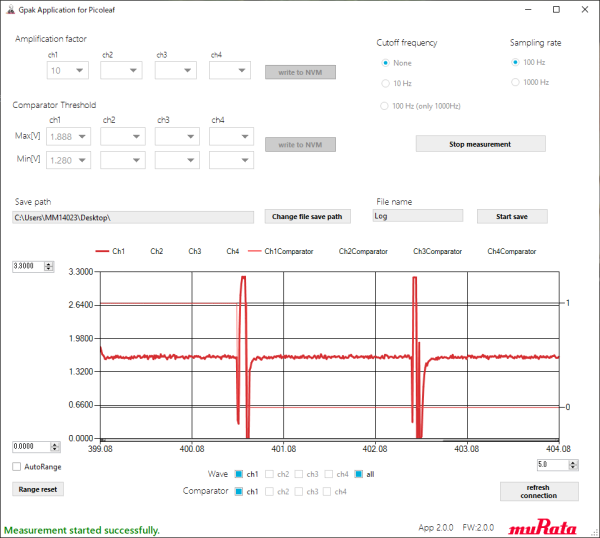Viavi Solutions Inc. has announced a new collaboration with Telefónica Hispanoamérica (HISPAM) to provide automated network inventory management using the advanced VIAVI NITRO AIOps platform. This partnership will enhance Telefónica HISPAM’s operations across its regions, including Argentina, Chile, Colombia, Ecuador, Peru, Mexico, Uruguay, and Venezuela.
The NITRO AIOps solution will manage both passive and active network components, covering various network domains such as Radio, Core, IP, Transmission, Microwave, and Fiber Optics. Additionally, the platform will include IP Address Management (IPAM) capabilities to streamline operations. The system is designed to auto-discover and catalog physical, software, and virtual assets, as well as their connections, ensuring full visibility of Telefónica HISPAM’s network infrastructure.
Driving Innovation in Network Management
Gabriel Rodriguez, Head of OSS Systems at Telefónica HISPAM, emphasized the importance of this partnership:
“Telefónica HISPAM is focused on building a modern, efficient OSS architecture, and VIAVI’s AIOps solution plays a key role in that mission. With their proven tools and expertise, we are better equipped to manage our expanding regional networks and continue delivering reliable services to our subscribers.”
VIAVI’s NITRO AIOps platform integrates network assurance and inventory management, providing a unified, end-to-end view of all resources and services through a single interface. The system is designed to manage multi-vendor, multi-technology, and multi-domain networks, delivering real-time network insights through AI/ML-based analytics. Patented topology algorithms further enhance network reliability, ensuring consistent performance across all infrastructure layers.
Key Benefits of the NITRO AIOps Platform
- Comprehensive Network Visibility: Brings all network data sources together under a single interface, offering a holistic view of operations.
- Proactive Issue Detection: Identifies and resolves potential problems before they impact users, reducing downtime and improving service reliability.
- AI-Driven Analytics: Assists with capacity planning, predictive maintenance, and anomaly detection, helping operators manage resources efficiently.
- Real-Time Situational Awareness: Enables network teams to monitor and respond to network changes instantly, ensuring seamless performance.
Improving Service Quality with AI-Powered Solutions
Deepak Shahane, Senior Vice President and General Manager of Service Enablement at VIAVI, highlighted the impact of the collaboration:
“We are excited to partner with Telefónica HISPAM to demonstrate the power of NITRO AIOps. With our automated tools, we aim to detect and address complex network issues before they escalate, leading to faster resolutions and minimizing the impact on users. Our platform meets Telefónica HISPAM’s real-time needs, offering comprehensive network visibility and operational control.”
Optimizing Operations and Reducing Costs
With proactive monitoring, NITRO AIOps helps Telefónica HISPAM identify bottlenecks and performance anomalies before they affect service quality. This ensures seamless operations while reducing downtime and disruptions. Additionally, the platform’s predictive maintenance capabilities contribute to cost savings by reducing the frequency of network failures and improving overall operational efficiency.
AI-based analytics also support capacity planning and resource optimization, ensuring that the network continues to meet evolving demands. This holistic approach allows Telefónica HISPAM to maintain high service quality while controlling operational costs and minimizing network risks.
Conclusion
The partnership between Viavi Solutions and Telefónica HISPAM is set to transform how the telecommunications provider manages its regional networks. With NITRO AIOps, Telefónica HISPAM will benefit from proactive monitoring, predictive analytics, and seamless network management, ensuring the delivery of reliable, high-quality services to its subscribers.
For more information about Viavi Solutions and its offerings, visit www.viavisolutions.com.

